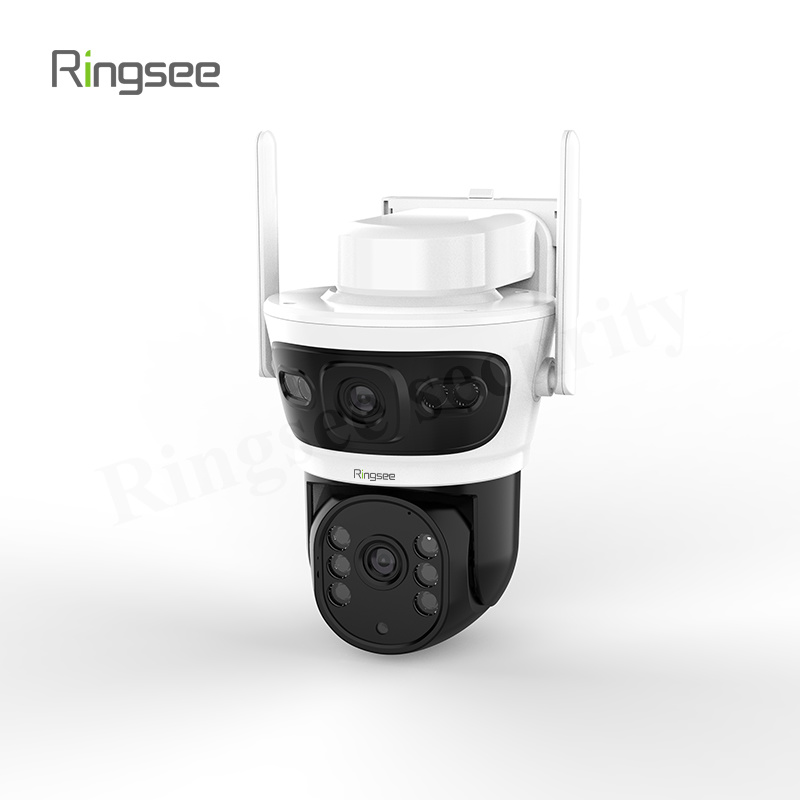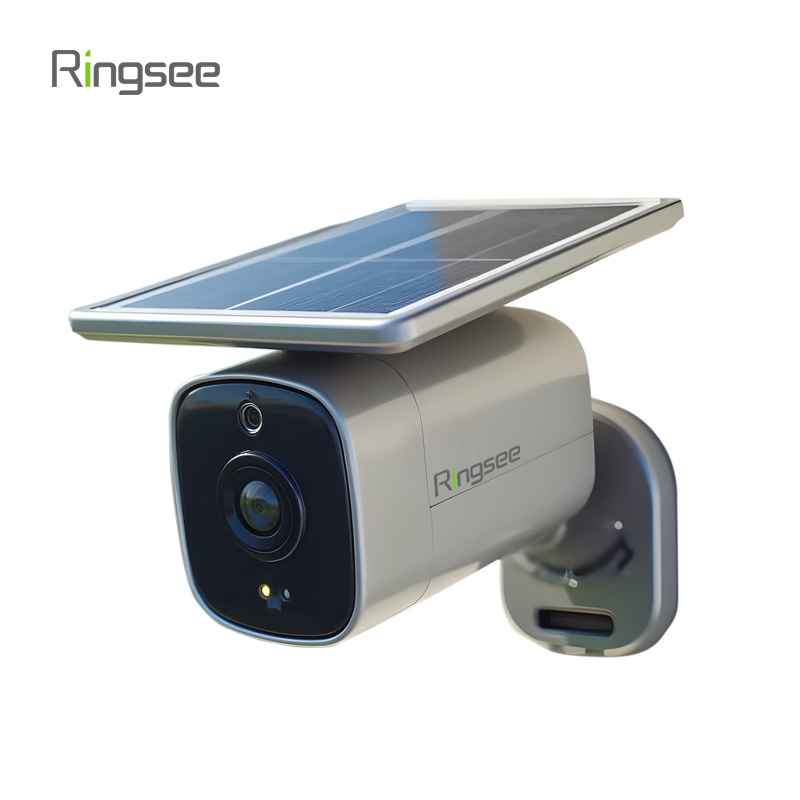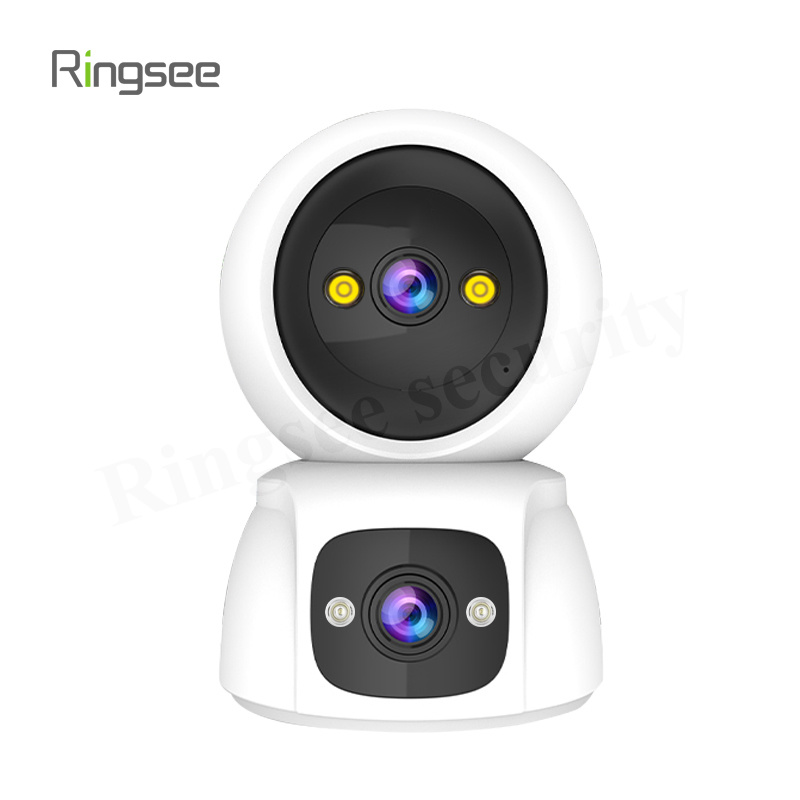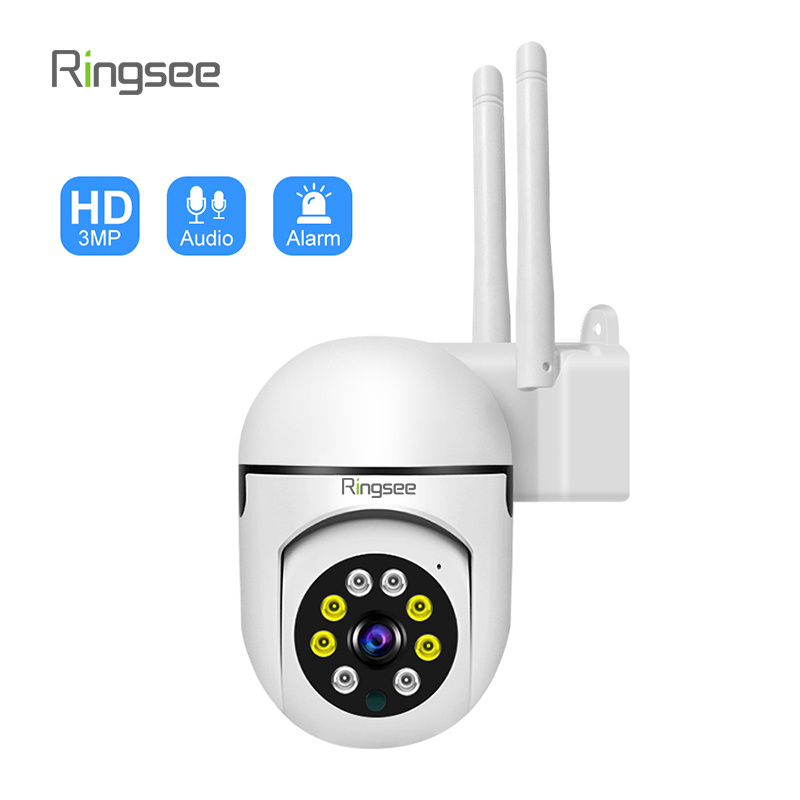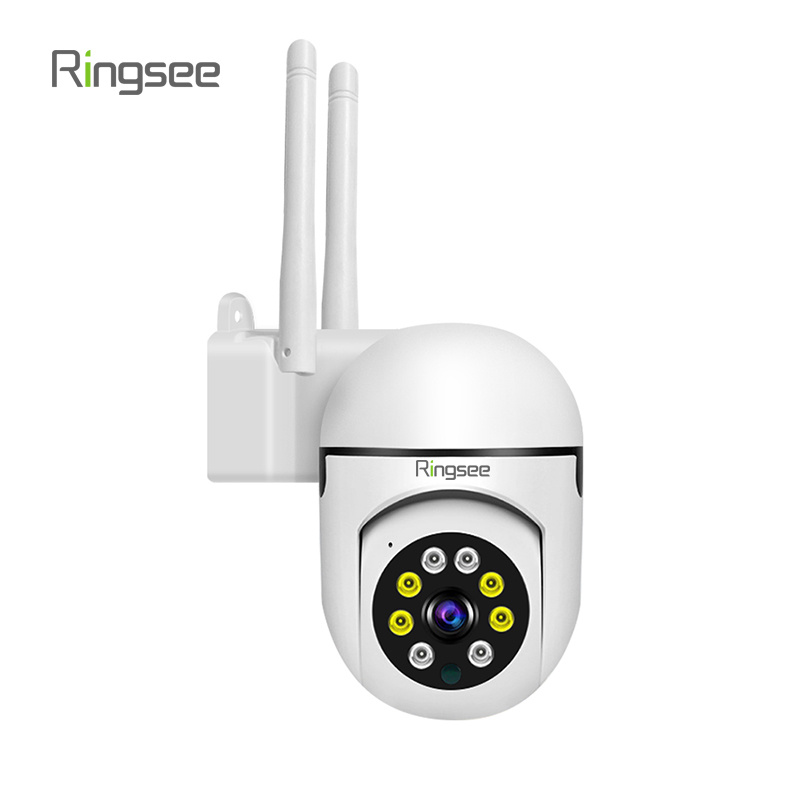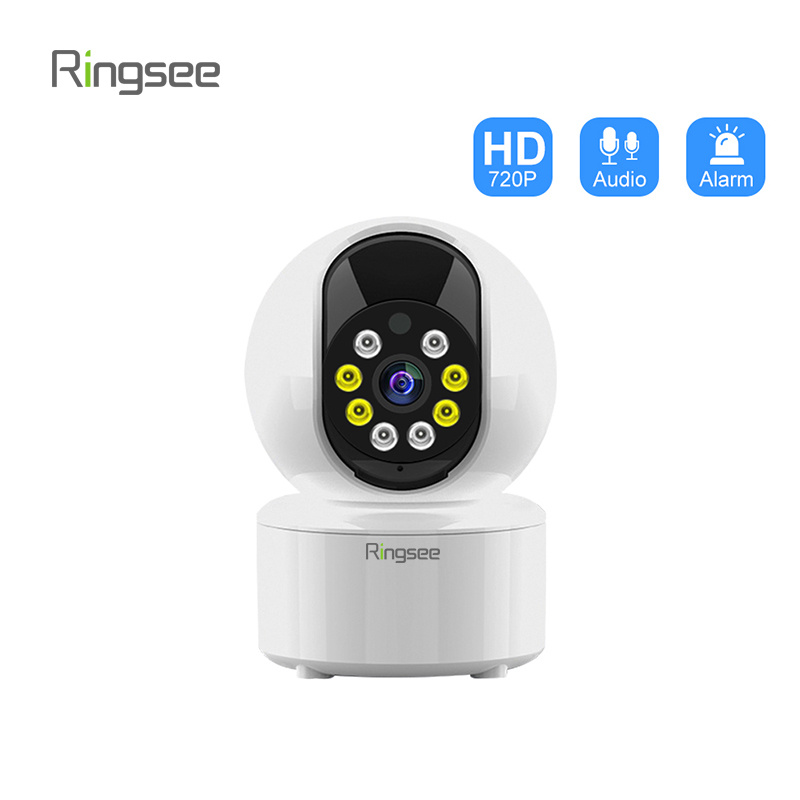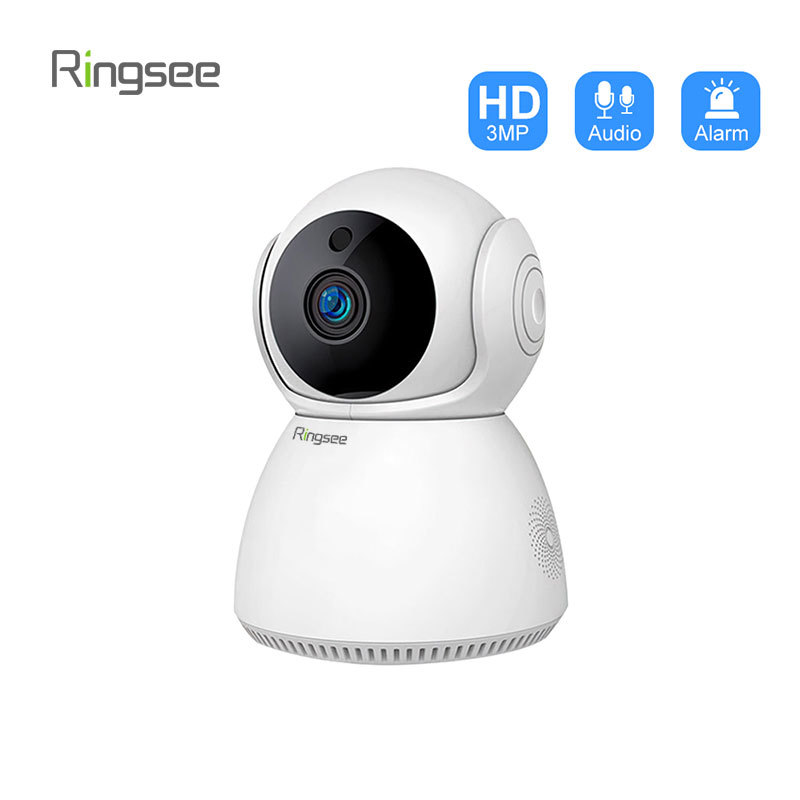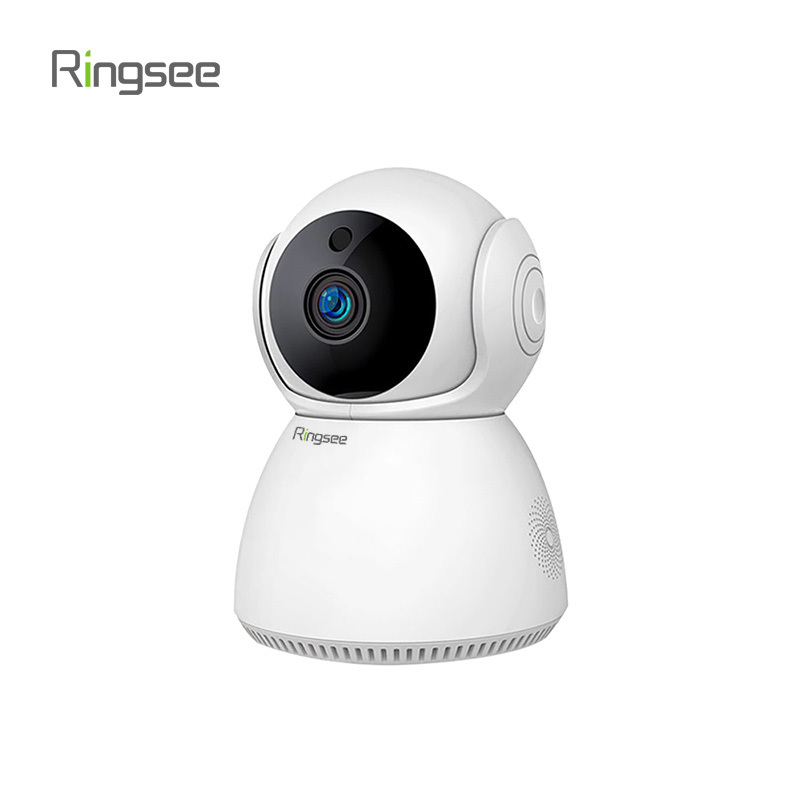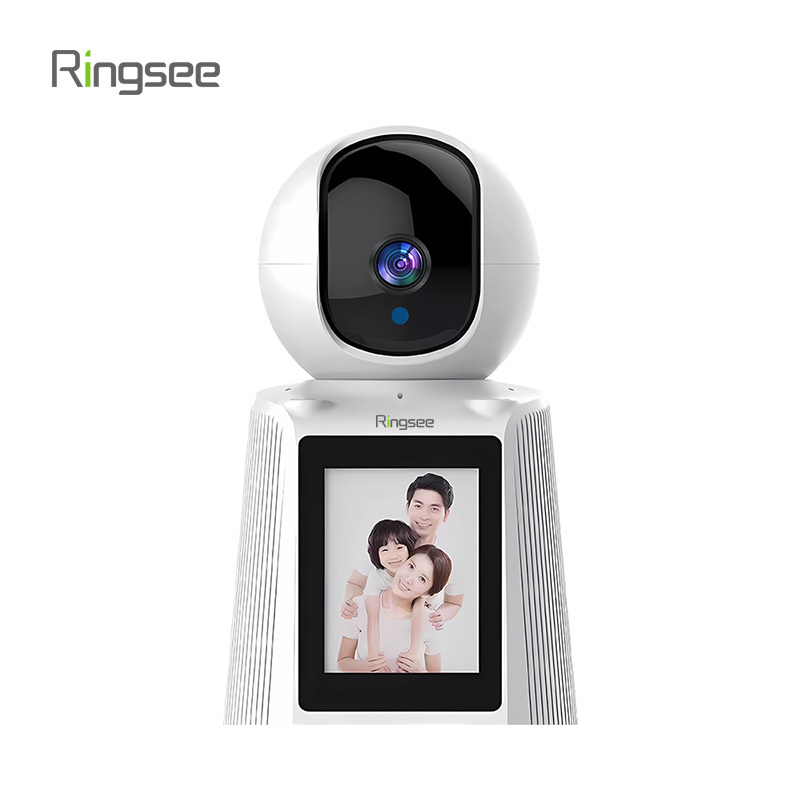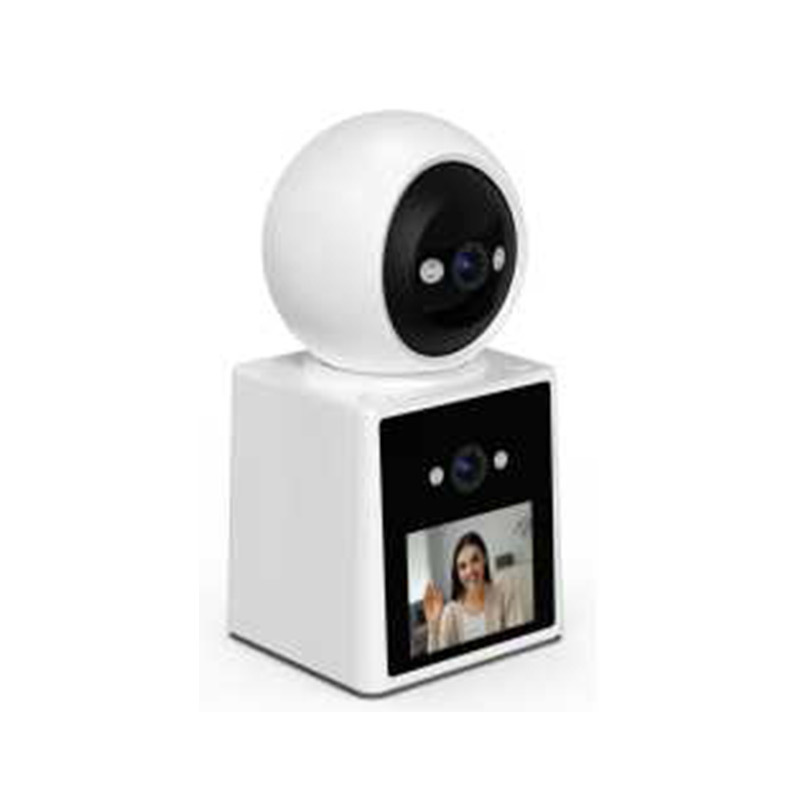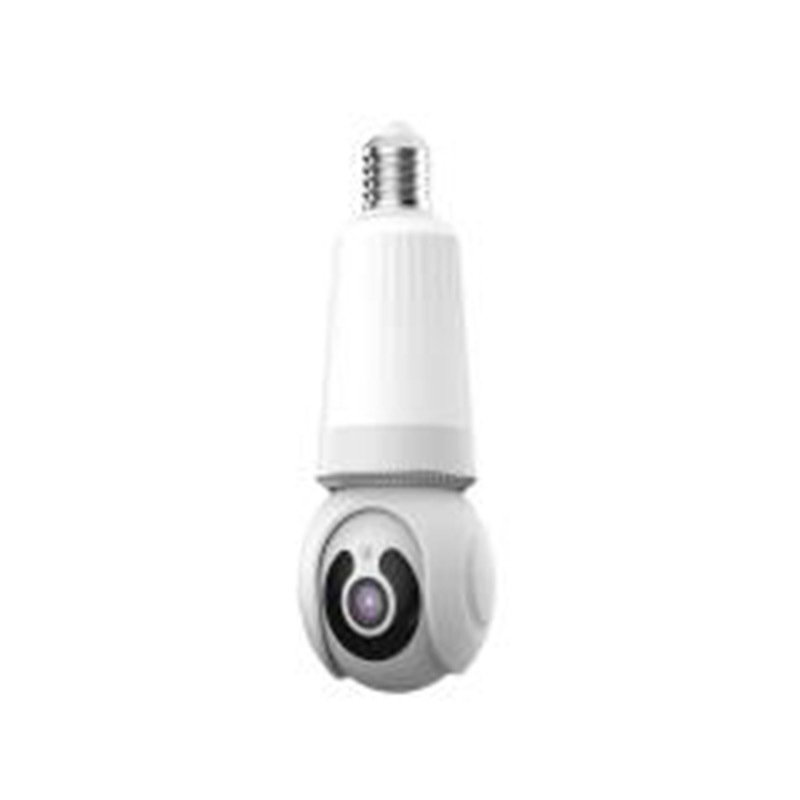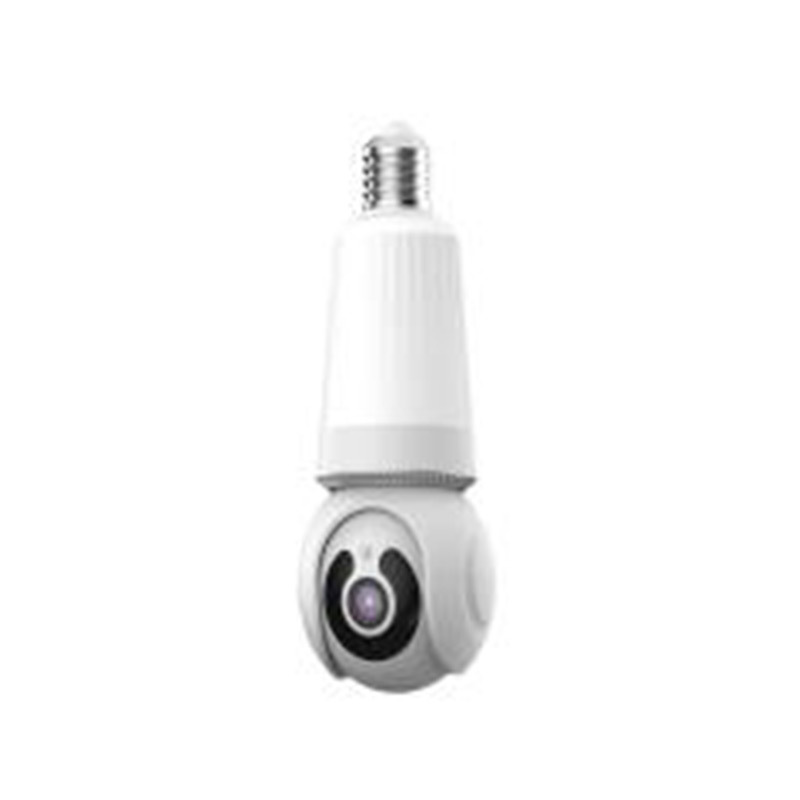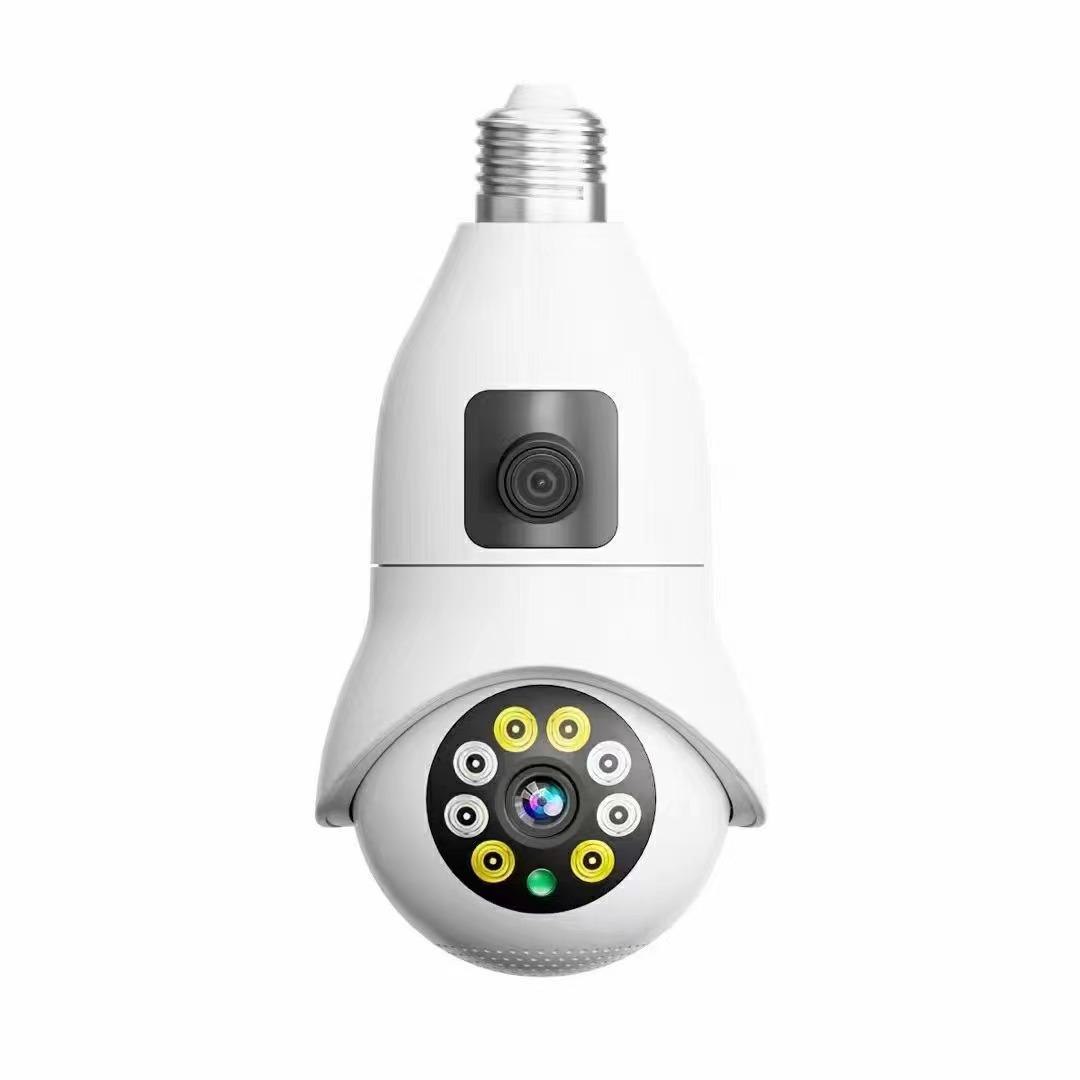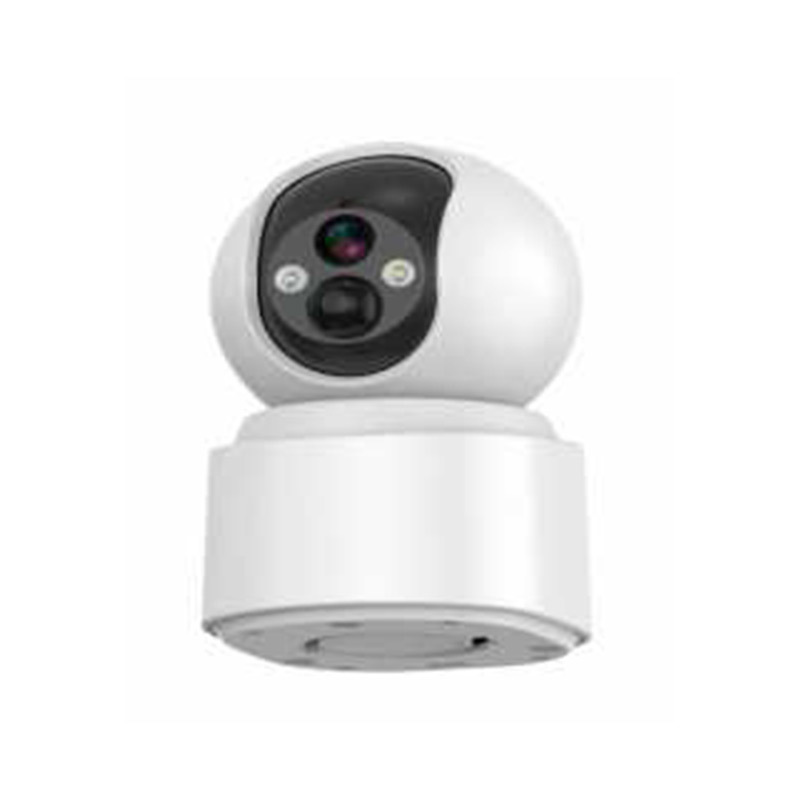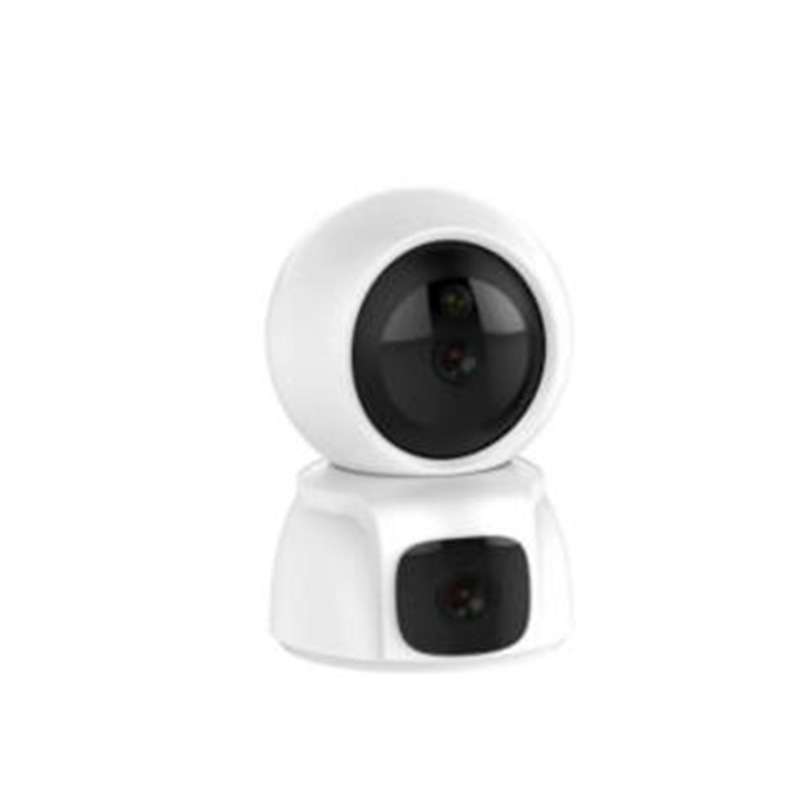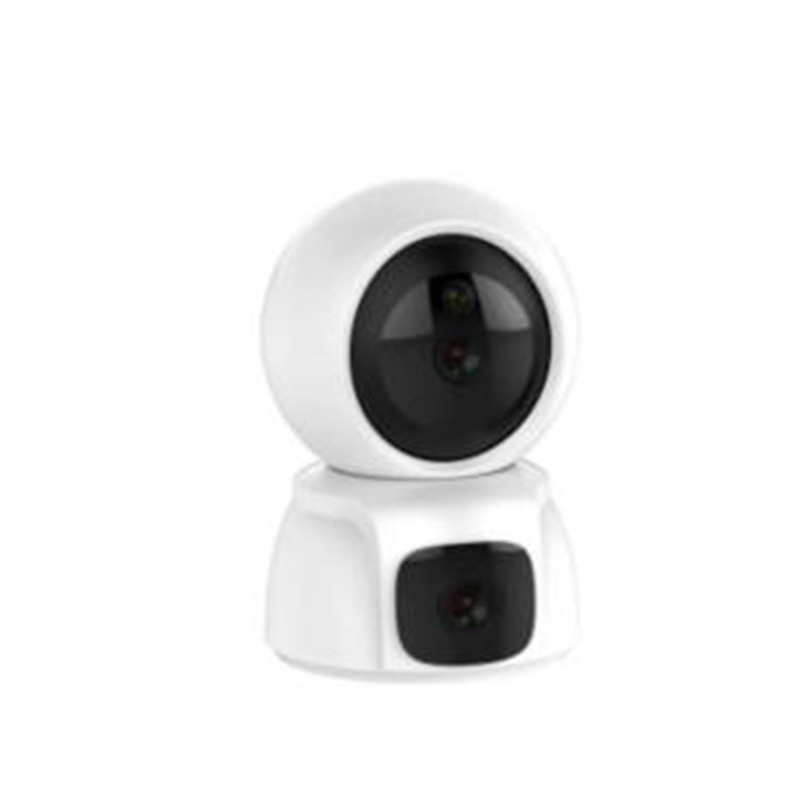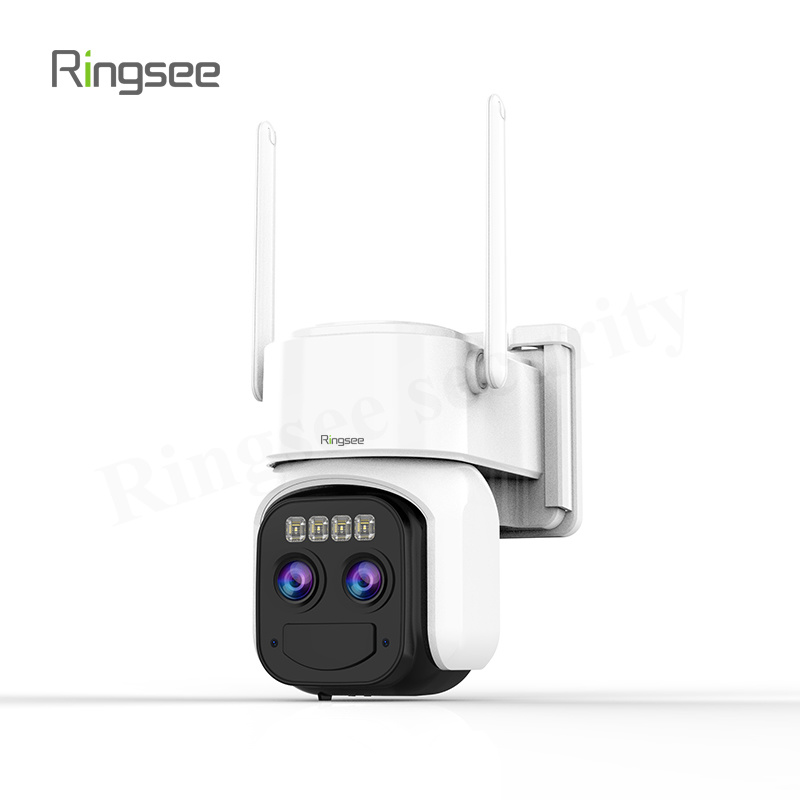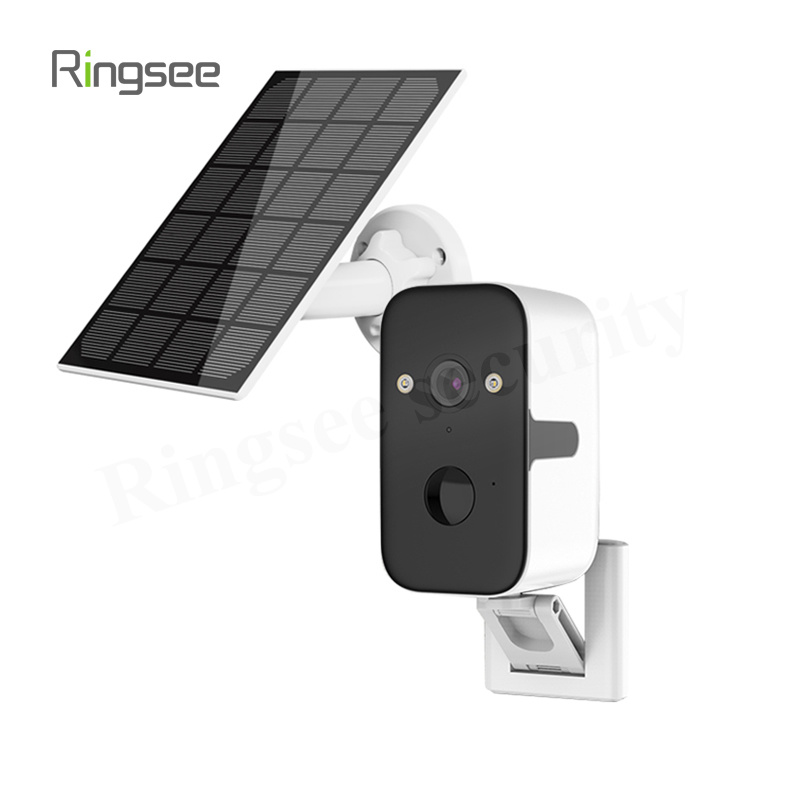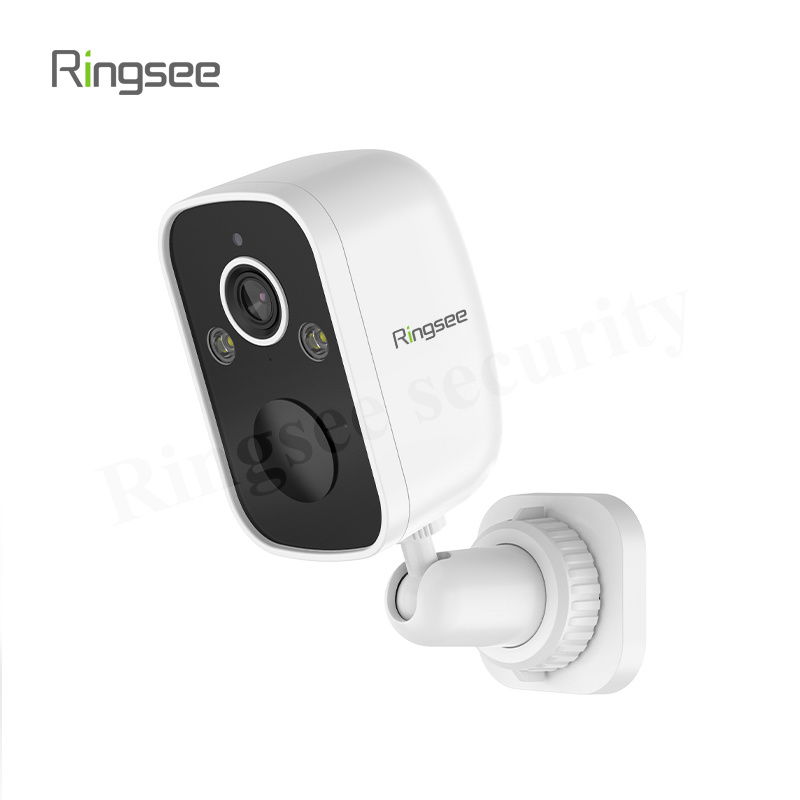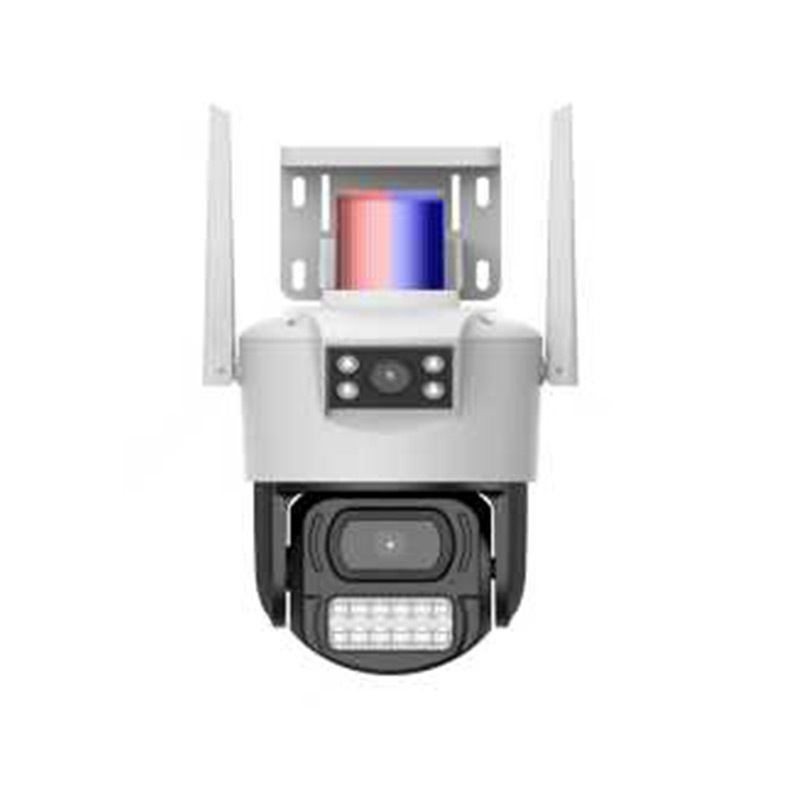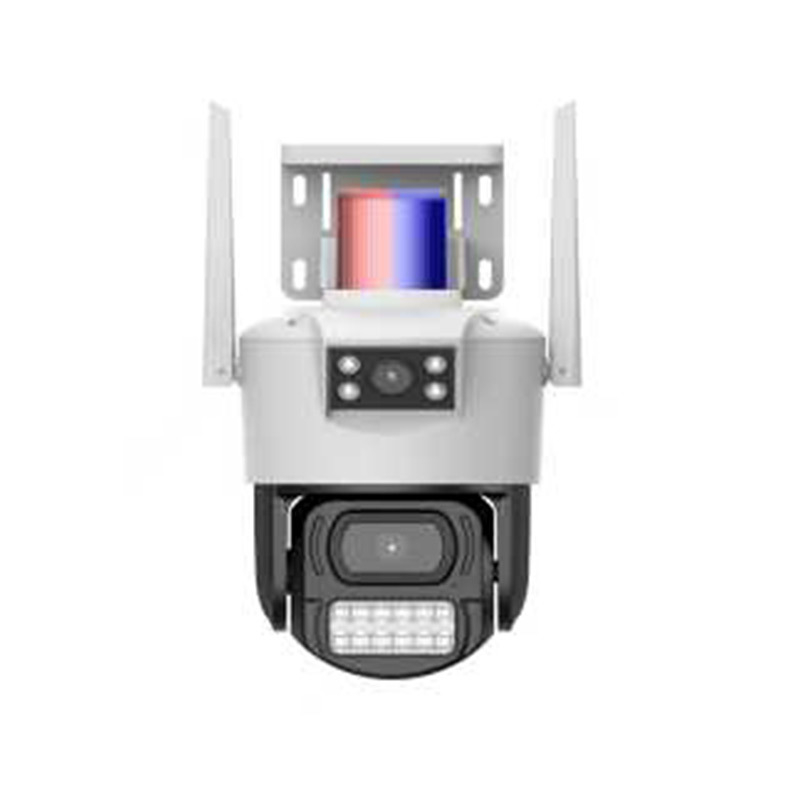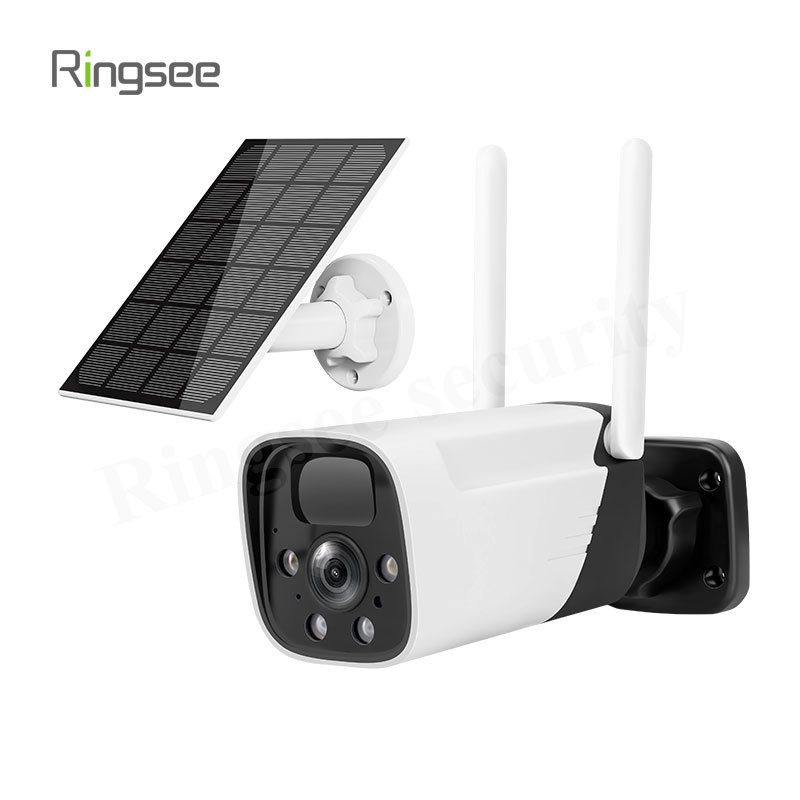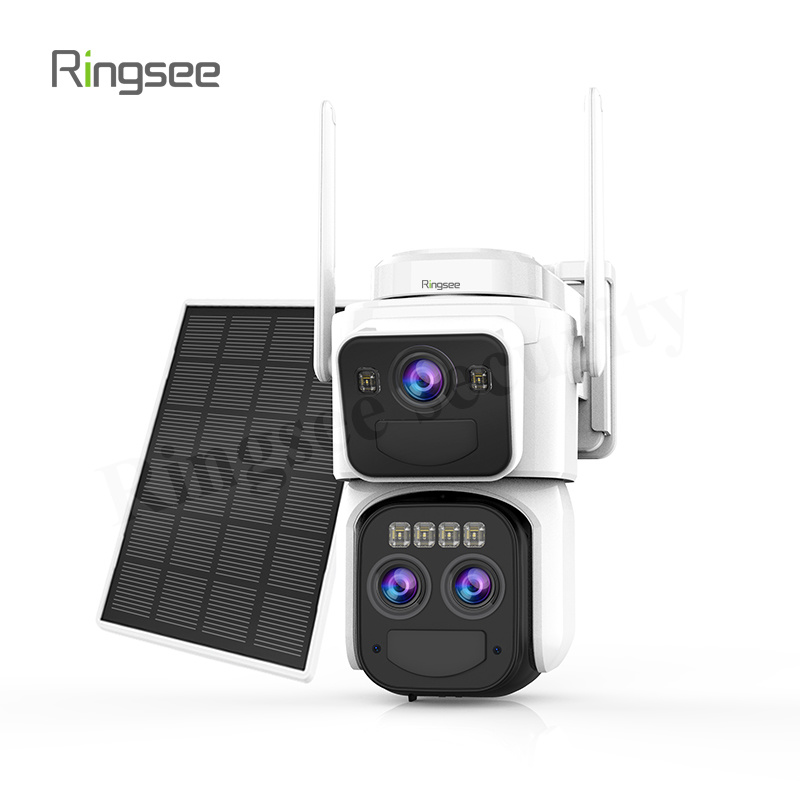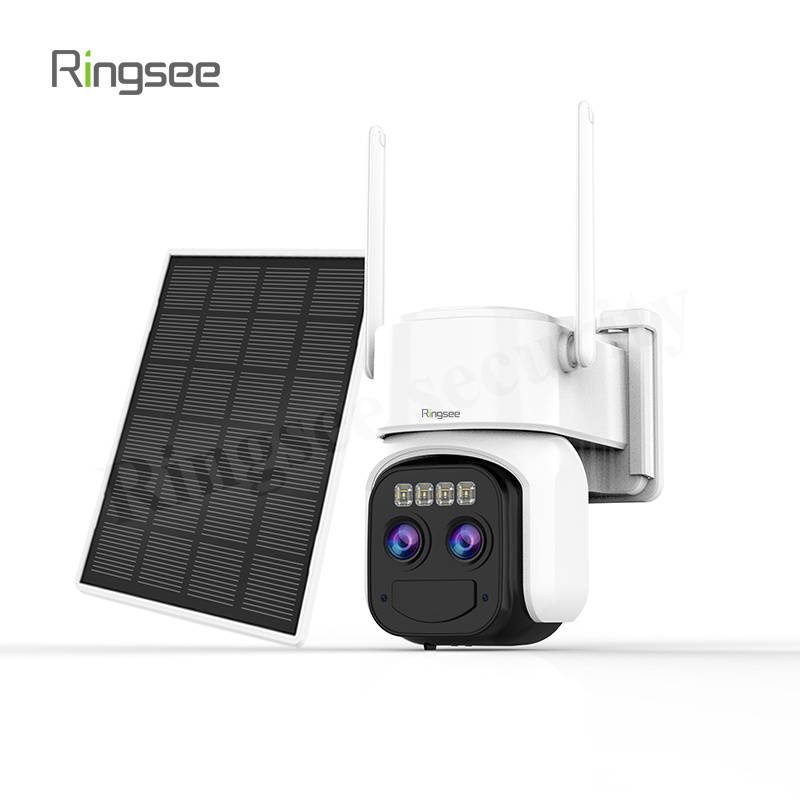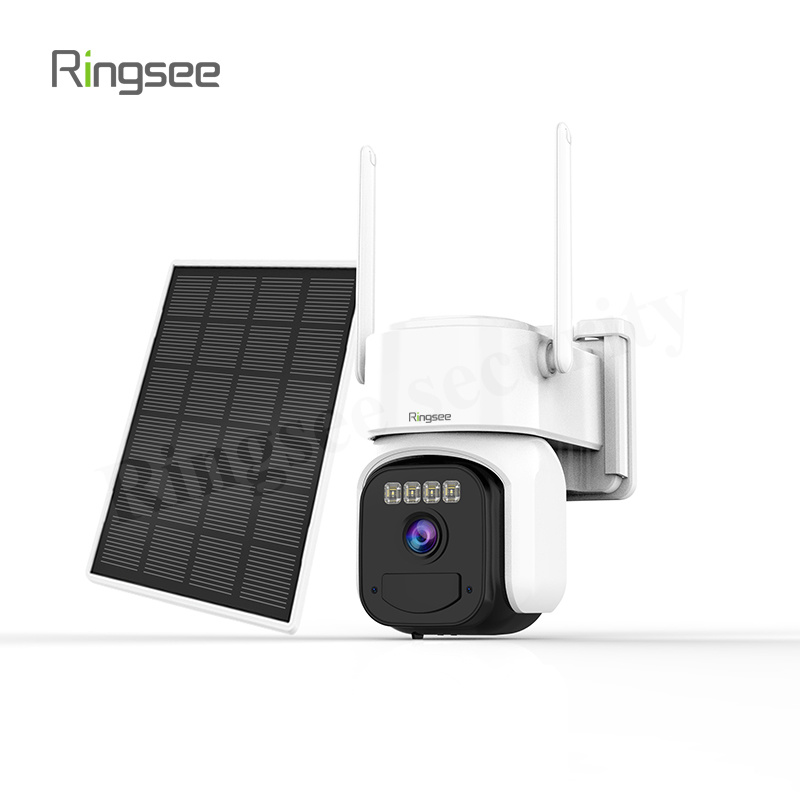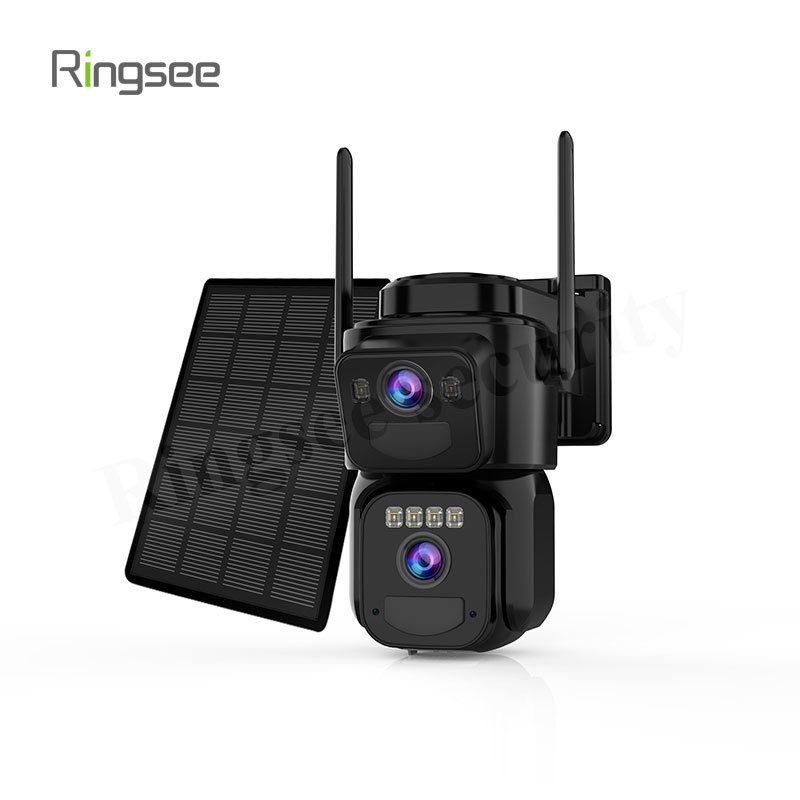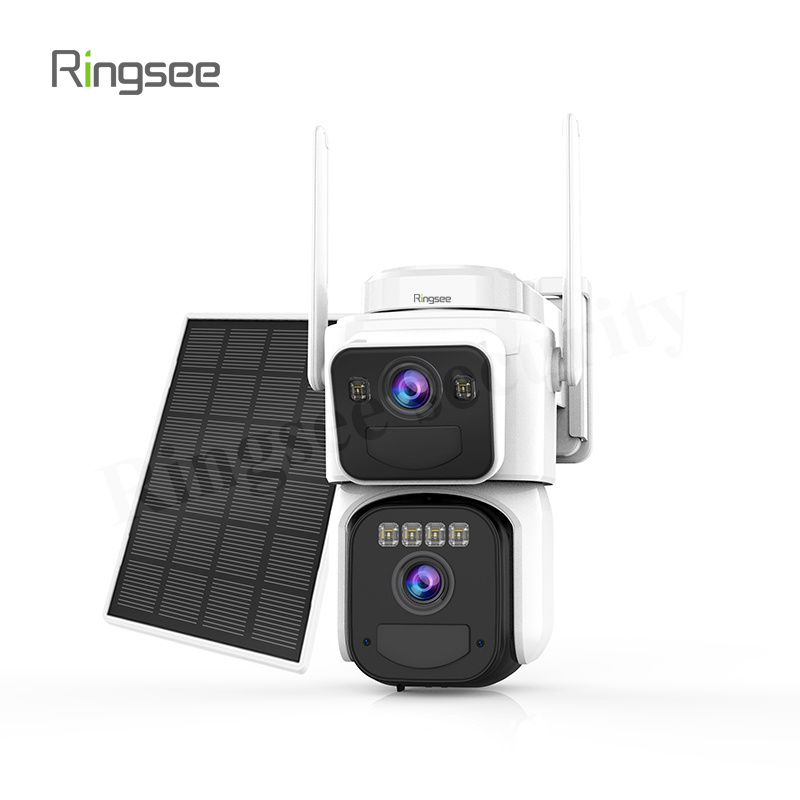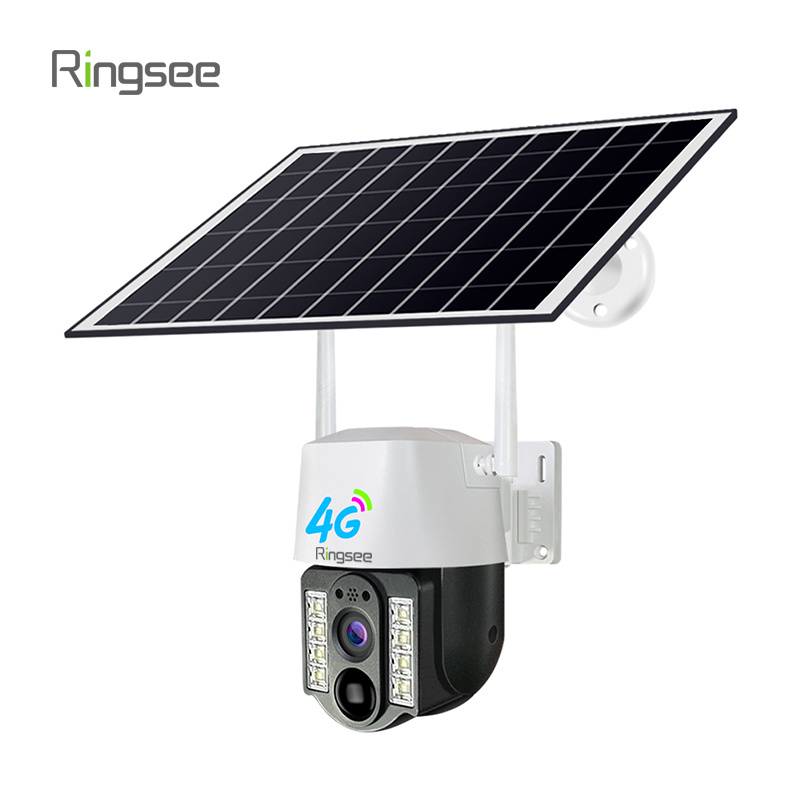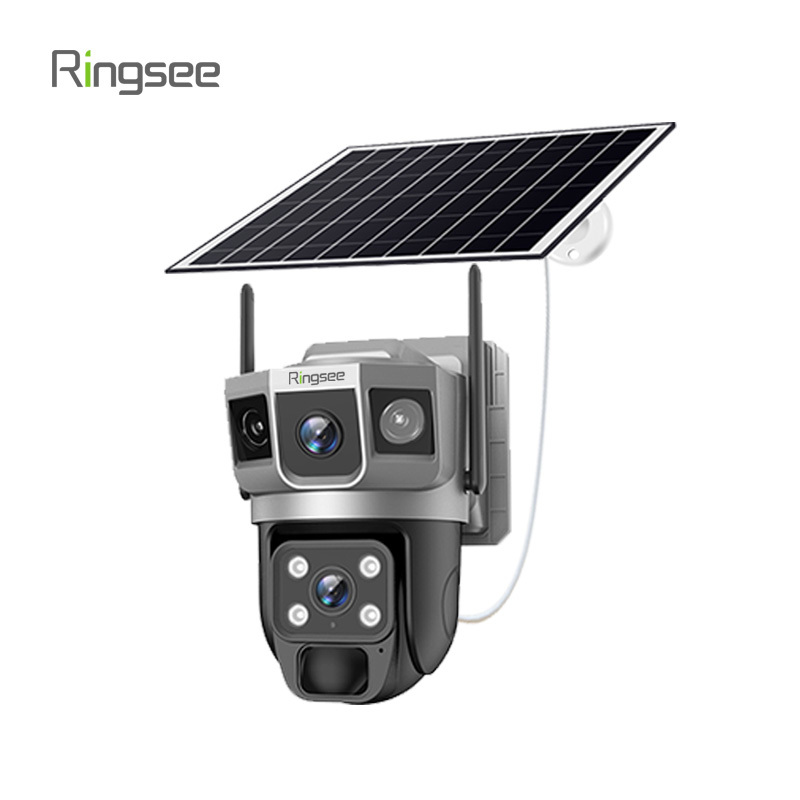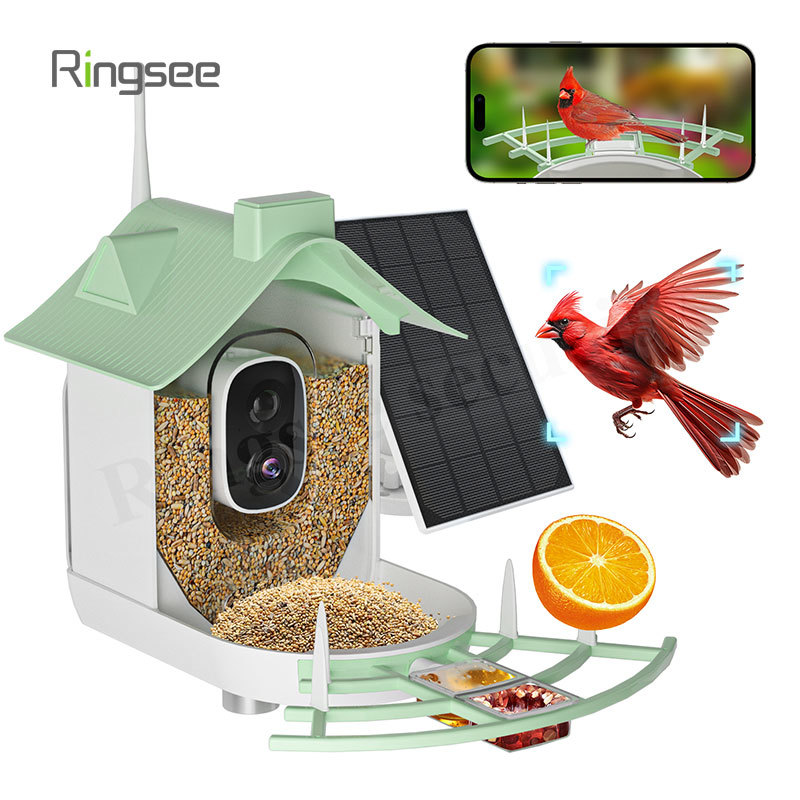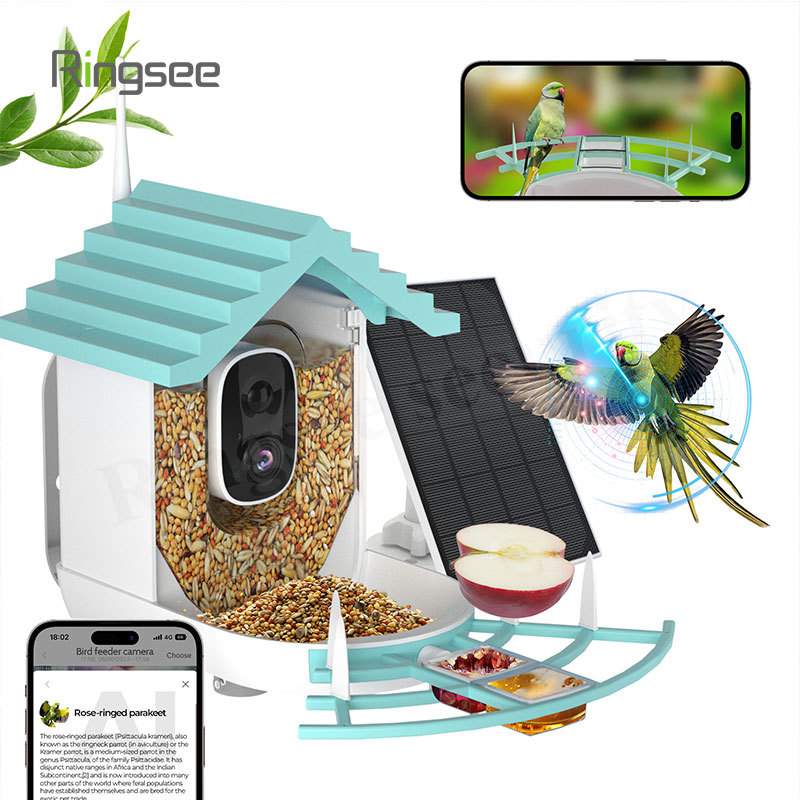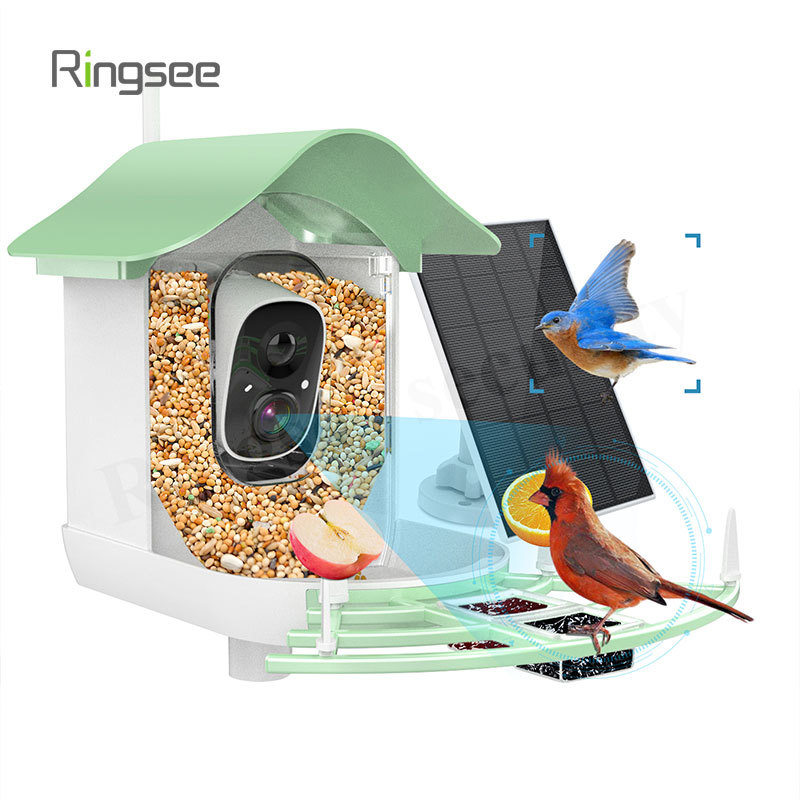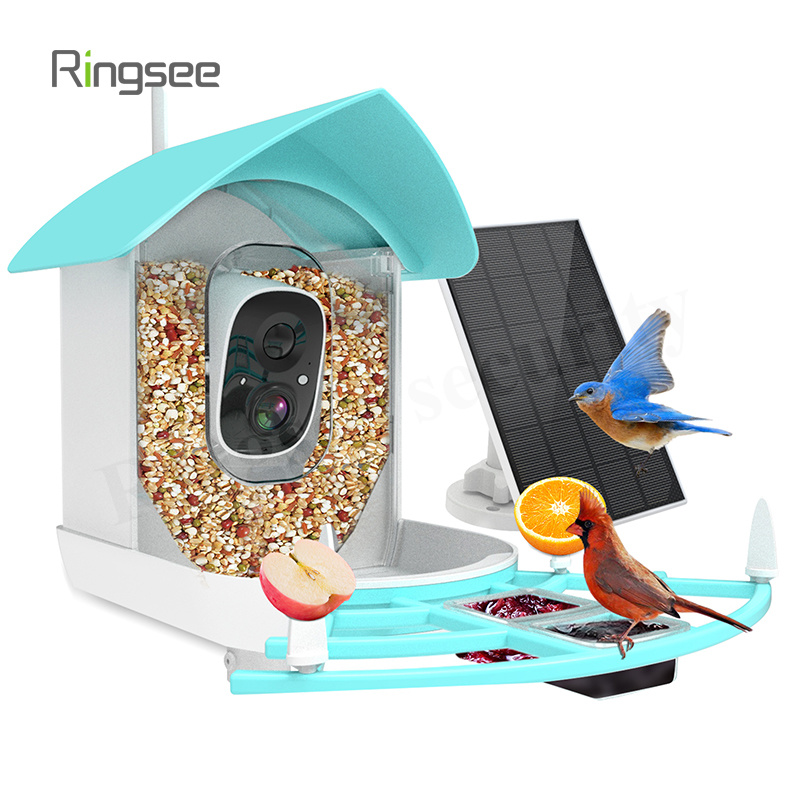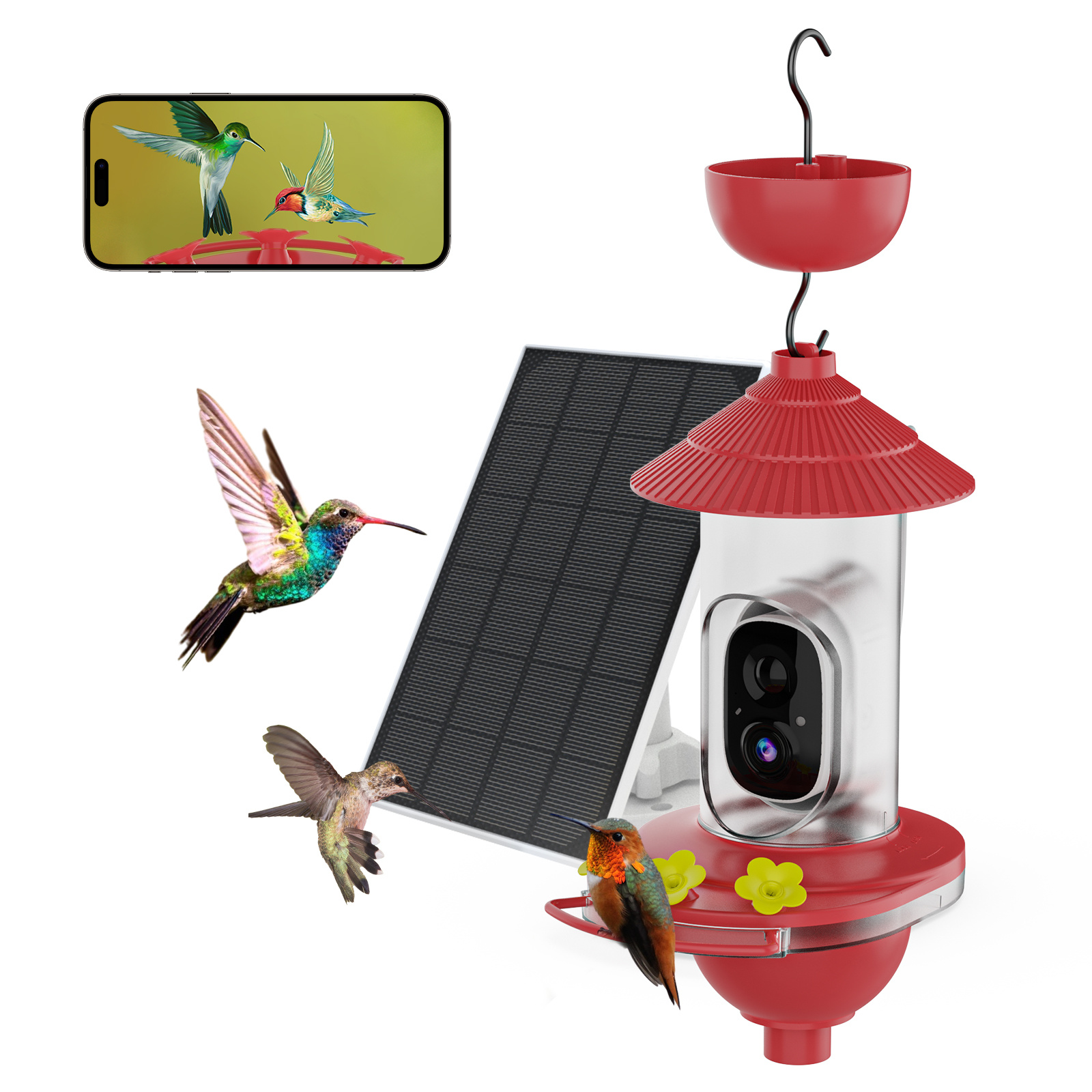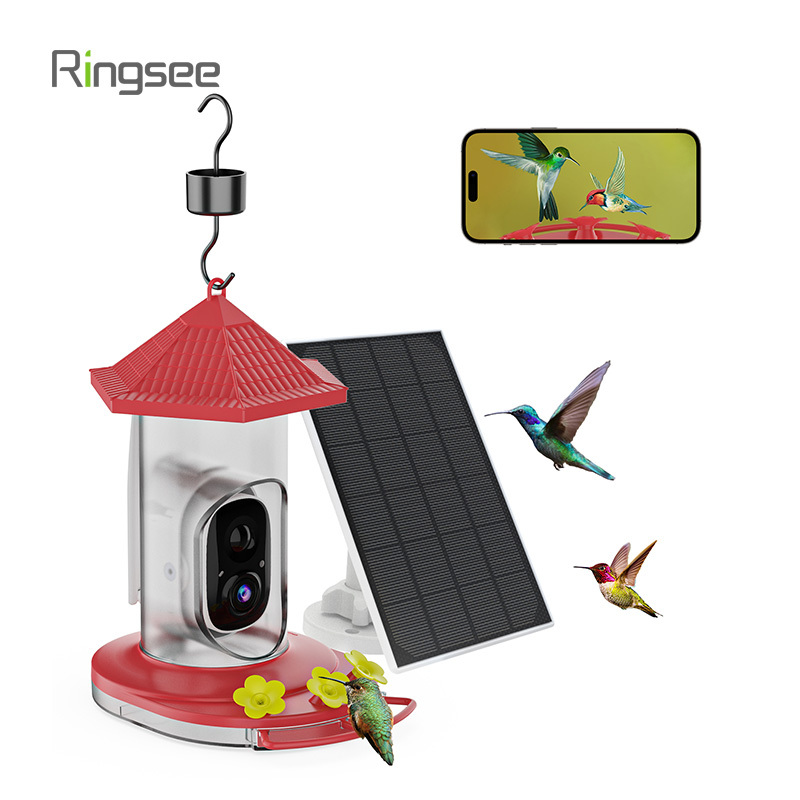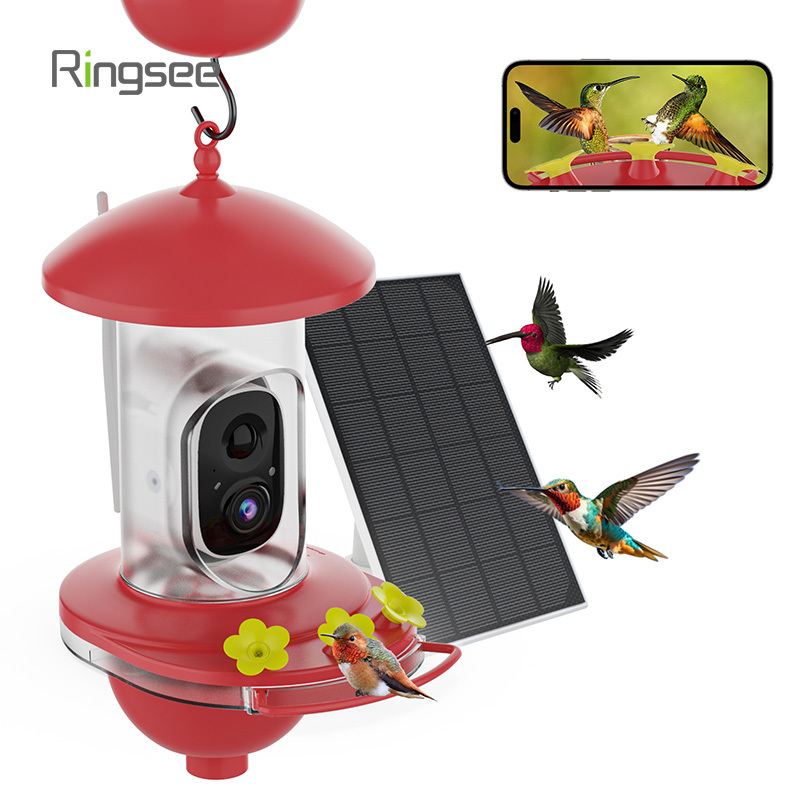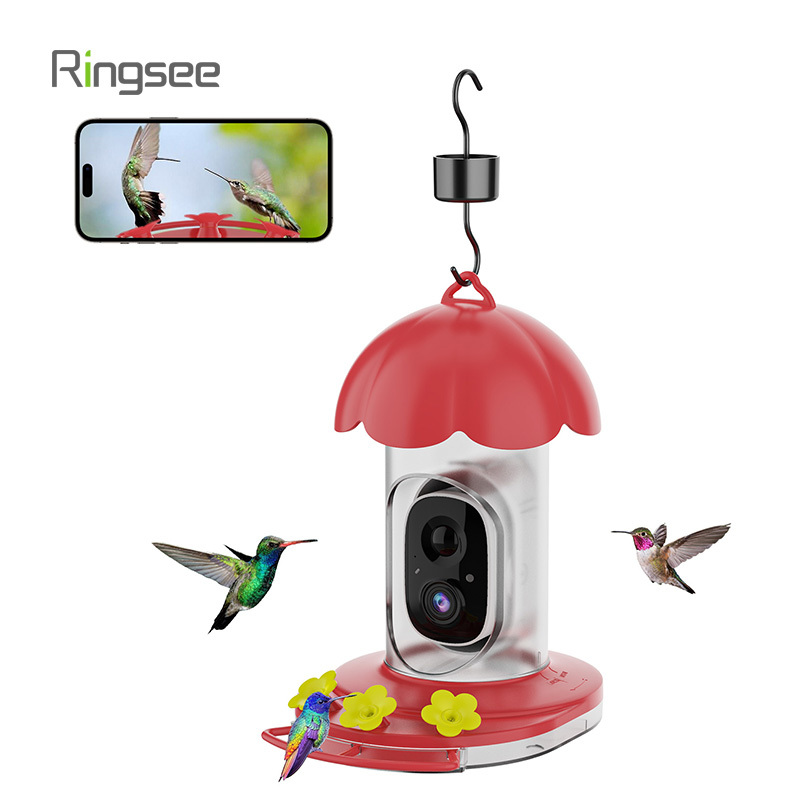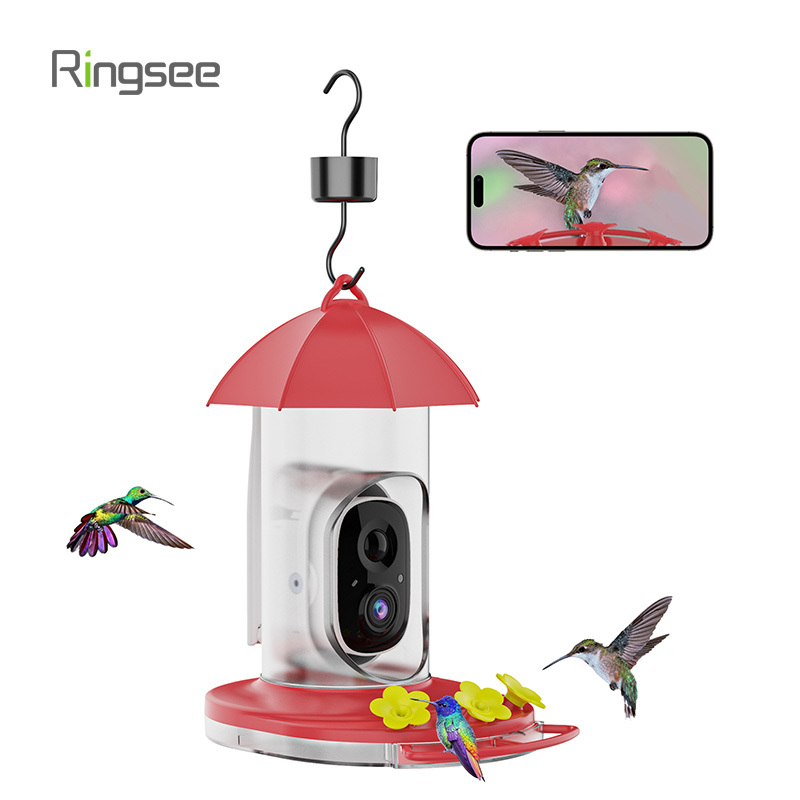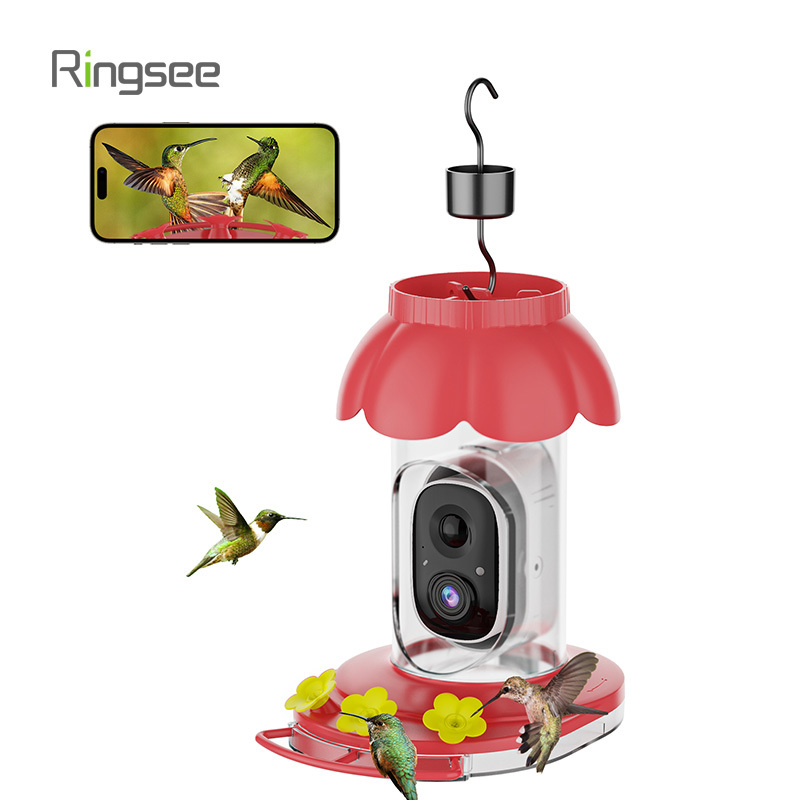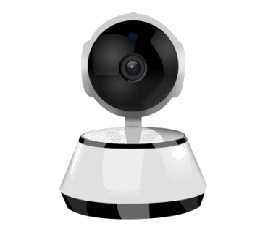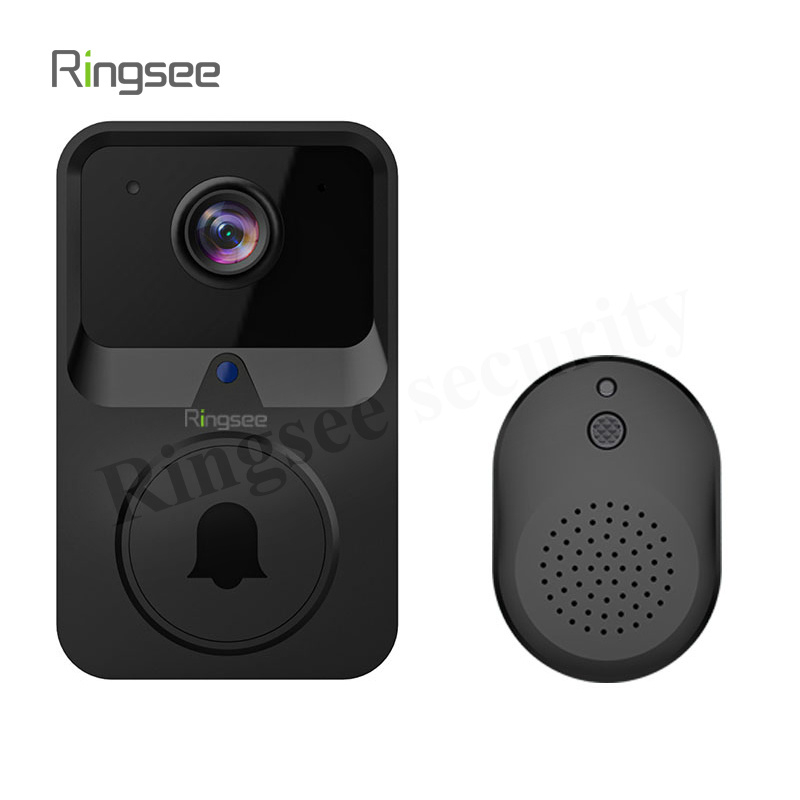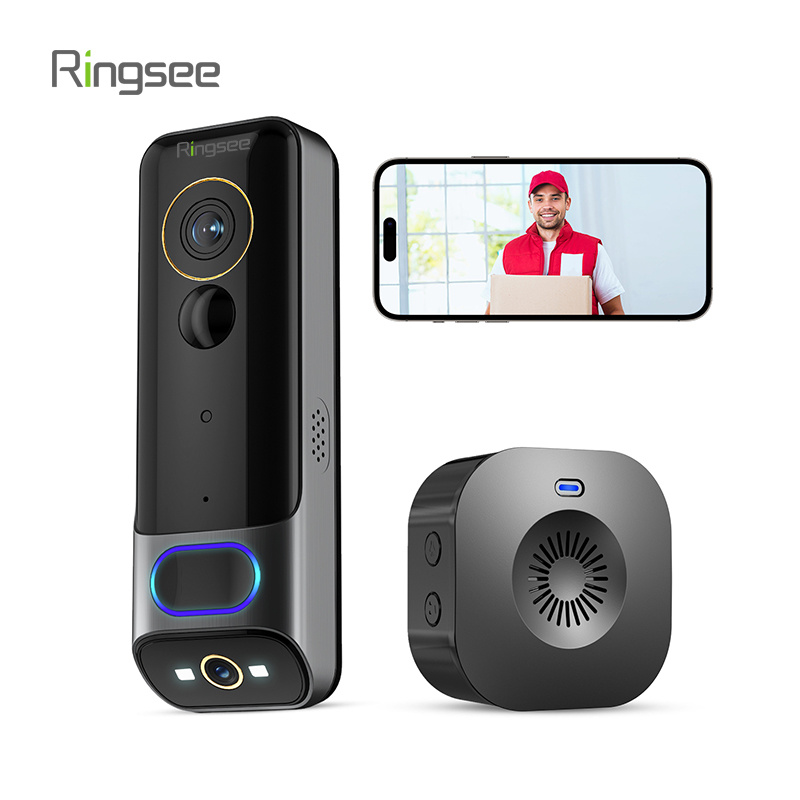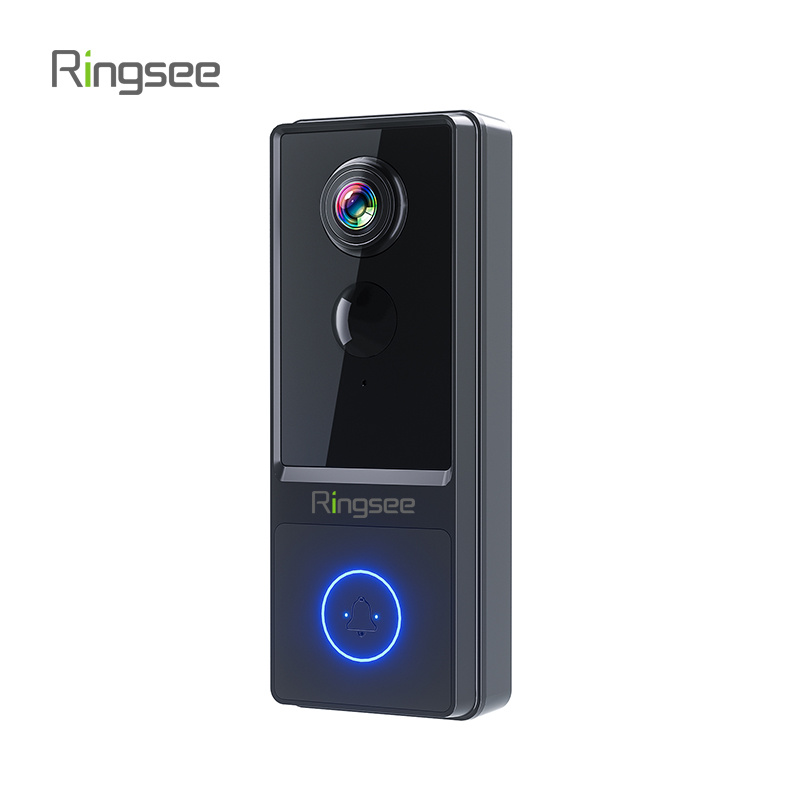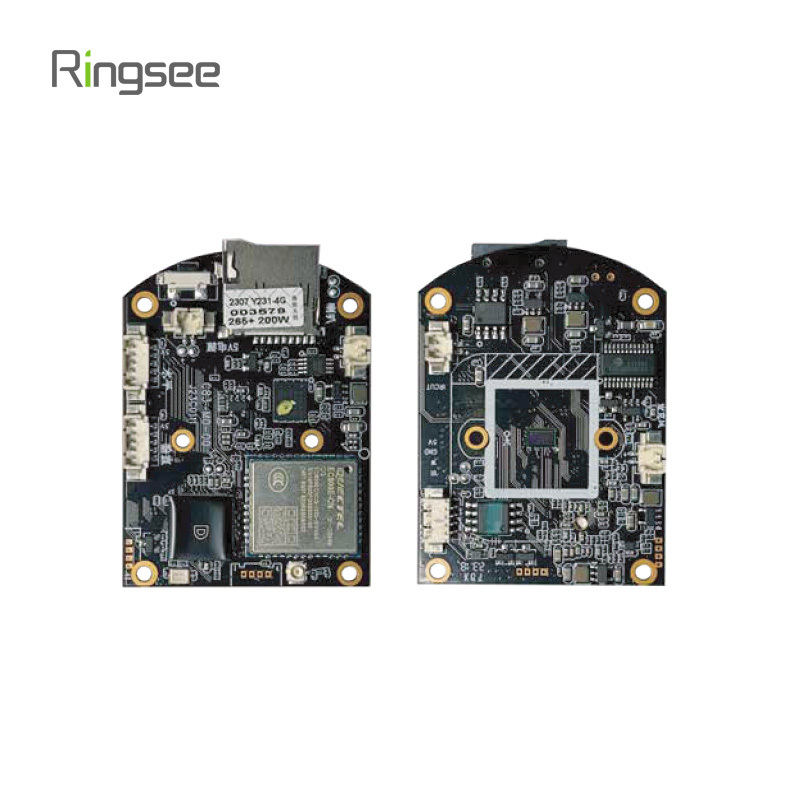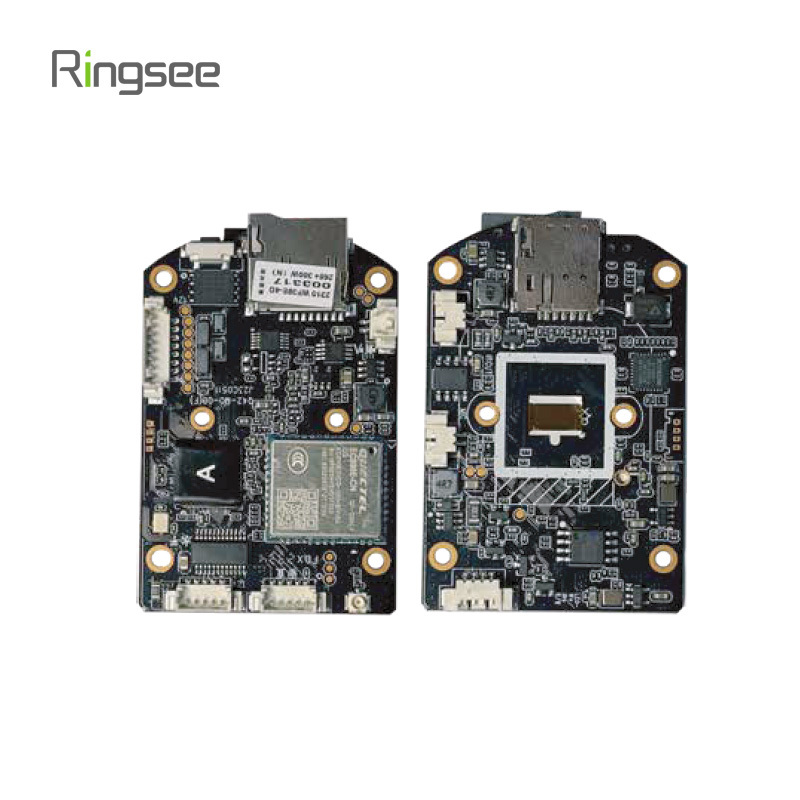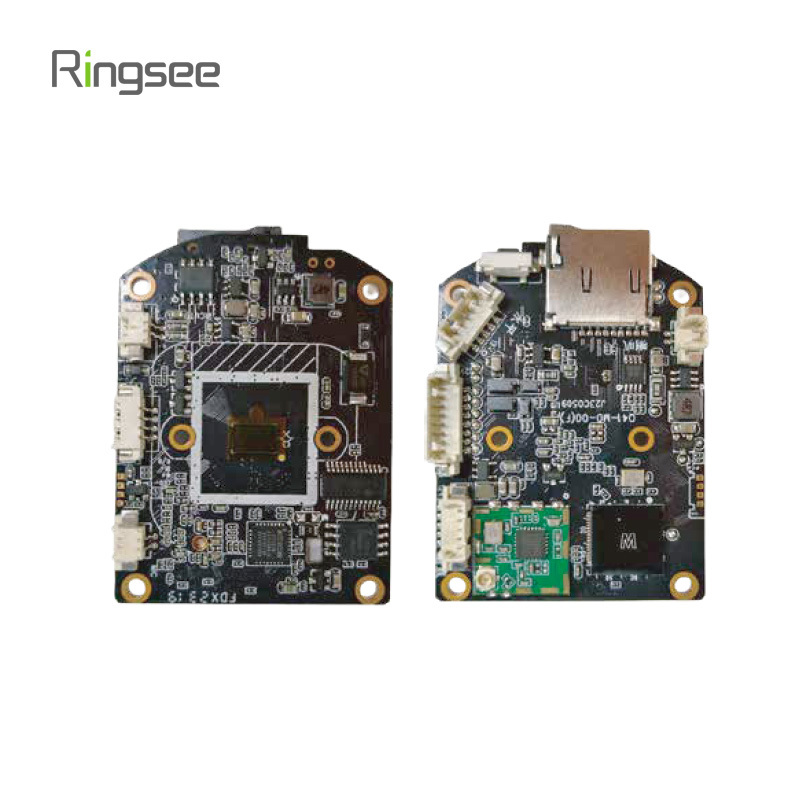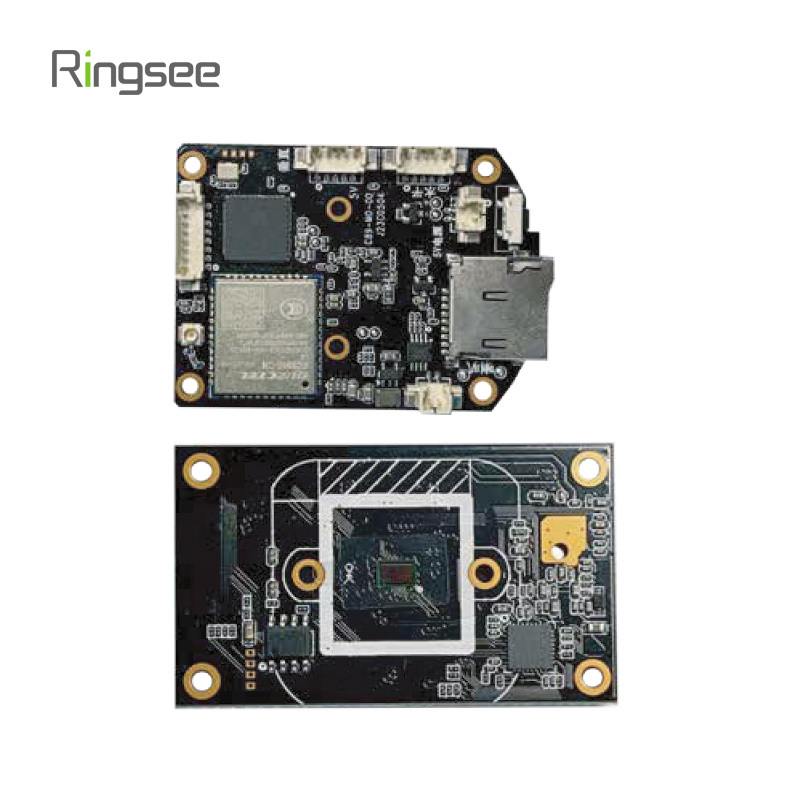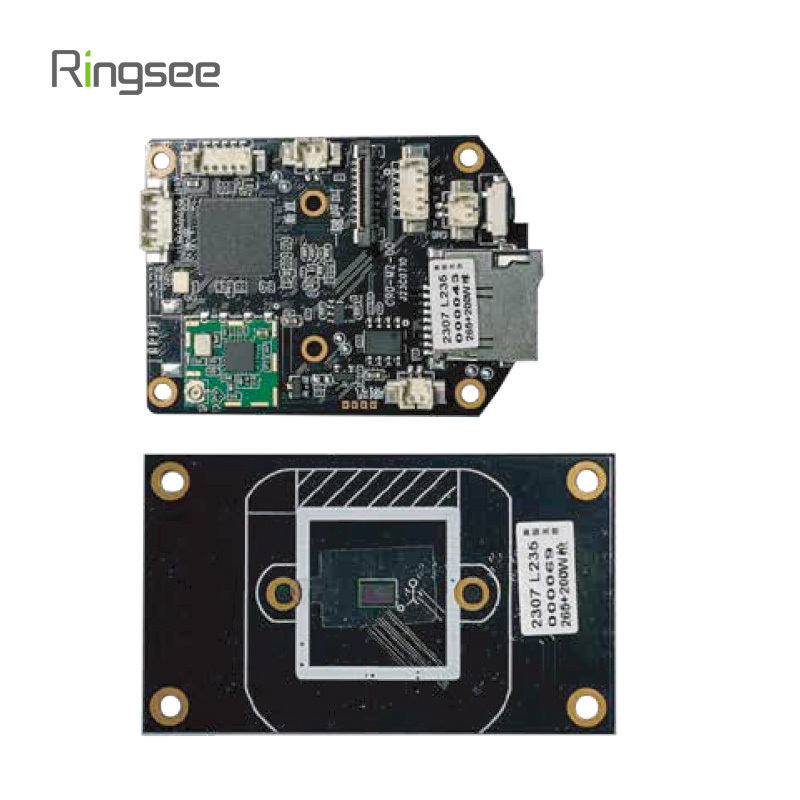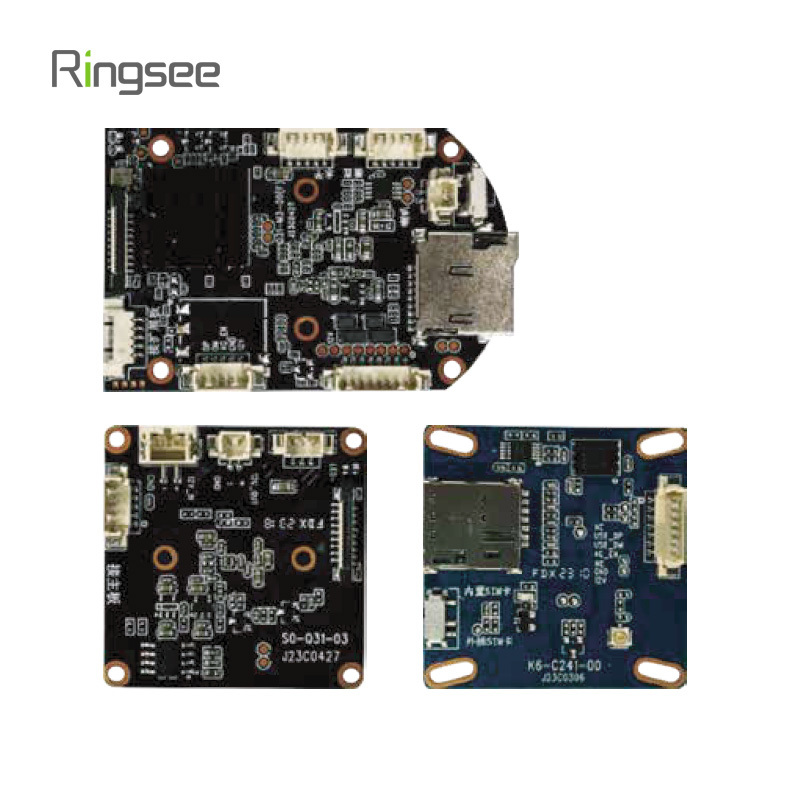Why Sensor Quality Matters More Than Megapixels in Security Cameras: What You Really Need to Know
Publish:
2025-05-27 14:42
Source:
https://www.ring-see.com
When choosing a security camera, most customers look at resolution first — 2MP, 5MP, even 4K. But here’s the truth: megapixels alone don’t guarantee better video quality. What actually determines how clear, detailed, and reliable your footage is — especially at night — is the sensor inside the camera.
Whether you're protecting your home, business, or outdoor space, this article explains what really affects video clarity, night vision performance, and AI detection accuracy, so you can choose a camera that delivers in real-world conditions — not just on paper.

Why Sensor Quality Matters More Than Pixel Count
Resolution Isn’t Everything
A camera with more pixels isn’t automatically better. If the sensor behind those pixels is of low quality, the image may appear grainy, noisy, or lack detail, especially in dim environments. A high-quality sensor maximizes each pixel’s potential, delivering sharper and more vibrant images.
Pixel Size and Light Sensitivity
Sensor quality influences pixel size, which directly affects how much light each pixel can absorb. Larger pixels offer:
- Brighter images
- Greater clarity
- Improved low-light performance
High-end sensors balance pixel density and pixel size, which ensures that increasing resolution doesn’t compromise image quality.
Enhanced Low-Light and Night Vision Performance
Low-light performance is one of the most important features in a security camera. Premium sensors like Sony STARVIS or OmniVision are engineered for night-time surveillance. They offer:
- Higher infrared sensitivity
- Less digital noise
- Clearer night vision images
In contrast, cheap sensors often produce blurry, dark, or overexposed images at night — undermining the purpose of 24/7 monitoring.
Sensor Quality and Smart AI Detection
Modern security systems rely heavily on AI-powered features such as:
- Motion detection
- Face and object recognition
- Human/vehicle classification
These features require clean, detailed input from the image sensor to work accurately. A superior sensor enables:
- Precise object edges
- Accurate color and contrast
- Better algorithm performance
Cameras with poor sensors may result in false alarms or missed detections, reducing system reliability.
Dynamic Range and Color Reproduction
A high-quality sensor provides better dynamic range, which is the ability to capture detail in both bright and dark areas of a scene. This matters when:
The camera faces sunlight or shadows
Monitoring areas with rapidly changing light
Top-tier sensors reproduce more accurate colors and prevent washed-out highlights or pitch-black shadows — ensuring usable footage in challenging lighting conditions.
Real-World Comparison
| Feature | Low-End Sensor | High-End Sensor |
|---|---|---|
| Daylight Image | Acceptable, flat | Sharp, vibrant, detailed |
| Night Image | Noisy, unclear | Bright, low-noise, high contrast |
| Motion Detection | Inconsistent | Accurate, responsive |
| AI Recognition | Struggles with faces or shapes | Clear object classification |
| Dynamic Range | Poor highlight/shadow control | Balanced and natural |
Conclusion: Choose Sensor Quality Over Just Megapixels
When selecting a security camera, don't be swayed by megapixels alone. Always consider the type and quality of the sensor inside. For best performance, especially in professional-grade applications, choose cameras equipped with:
- Trusted sensor brands like Sony or OmniVision
- High signal-to-noise ratio (SNR)
- Larger pixel size and enhanced night vision support
At Ringsee, we ensure our cameras are powered by high-performance sensors, delivering reliable results in any lighting condition — day or night.
Related News
Why 4G Solar Security Cameras Are the Best Choice for Remote Surveillance in 2025
In many places, setting up security cameras is straightforward—connect to WiFi, plug into power, and you’re good to go. But what if you’re on a farm, at a construction site, or managing property far from reliable infrastructure?
Jun 05,2025
How Lens Quality, Focal Length, and Image Processing Impact Security Camera Image Clarity
Discover how lens quality, focal length, and image processing influence the performance of outdoor security cameras. Learn how to choose the best surveillance system for sharper, high-resolution footage.
Jun 03,2025
Complete Guide to Security Camera Transmission Types: Wired, Wireless, and Beyond
When building or upgrading a modern surveillance system, one of the most critical technical decisions you’ll make involves choosing the right transmission type. This refers to how a security camera sends its video (and sometimes audio) signals to a recording device, monitoring station, or cloud platform.
May 30,2025
Digital Zoom vs. Optical Zoom in Security Cameras – Which One Should You Choose?
Learn the difference between digital zoom and optical zoom in security cameras. Find out which zoom type suits your surveillance needs and get expert advice from Ringsee.
May 29,2025
Why Sensor Quality Matters More Than Megapixels in Security Cameras: What You Really Need to Know
When choosing a security camera, most customers look at resolution first — 2MP, 5MP, even 4K. But here’s the truth: megapixels alone don’t guarantee better video quality. What actually determines how clear, detailed, and reliable your footage is — especially at night — is the sensor inside the camera.
May 27,2025
Add: 14th Floor, Baoshan Building, Longhua District, Shenzhen China.
Privacy Policy | SEO | CitySite | Support: 300.cn Dongguan
COOKIES
Our website uses cookies and similar technologies to personalize the advertising shown to you and to help you get the best experience on our website. For more information, see our Privacy & Cookie Policy
COOKIES
Our website uses cookies and similar technologies to personalize the advertising shown to you and to help you get the best experience on our website. For more information, see our Privacy & Cookie Policy
These cookies are necessary for basic functions such as payment. Standard cookies cannot be turned off and do not store any of your information.
These cookies collect information, such as how many people are using our site or which pages are popular, to help us improve the customer experience. Turning these cookies off will mean we can't collect information to improve your experience.
These cookies enable the website to provide enhanced functionality and personalization. They may be set by us or by third-party providers whose services we have added to our pages. If you do not allow these cookies, some or all of these services may not function properly.
These cookies help us understand what you are interested in so that we can show you relevant advertising on other websites. Turning these cookies off will mean we are unable to show you any personalized advertising.

